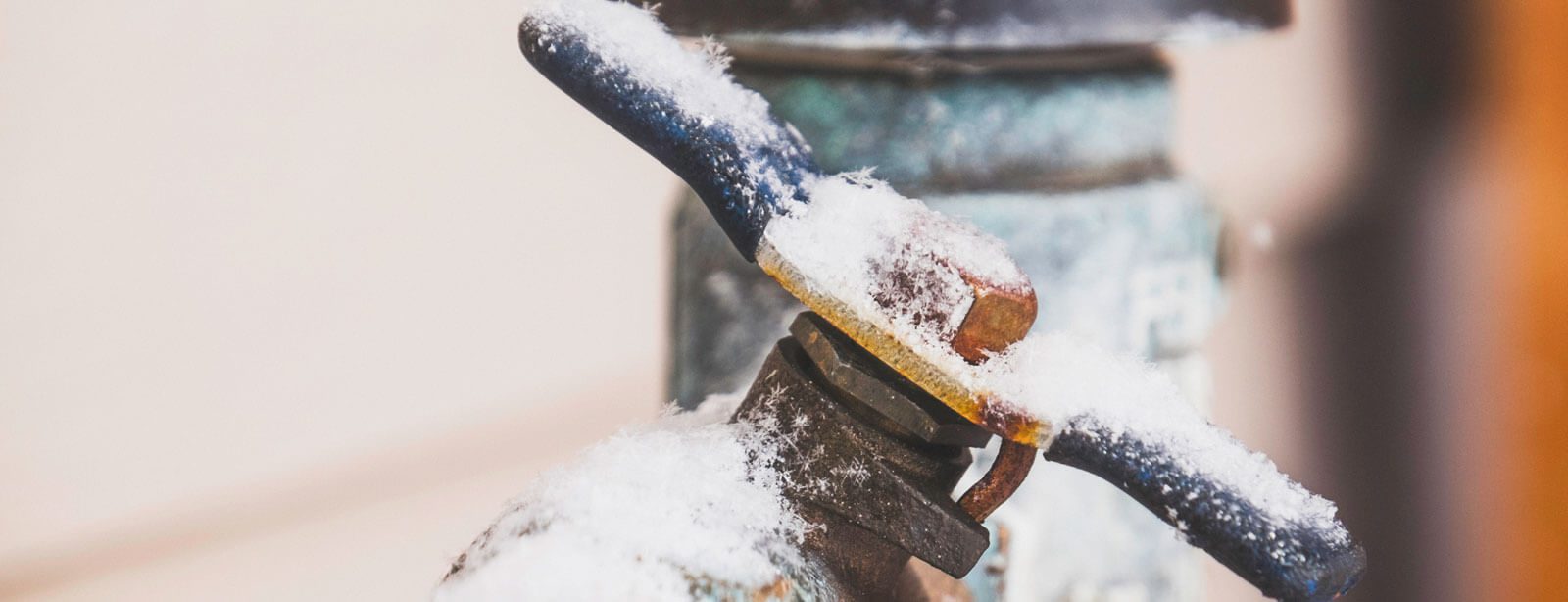Avoiding Frozen Plumbing: Top Strategies for Winter
Avoiding Frozen Plumbing: Top Strategies for Winter
Blog Article
The article author is making a number of great pointers on Helpful Tips to Prevent Frozen Pipes this Winter as a whole in this great article following next.

Cold weather can ruin your pipes, particularly by freezing pipes. Here's exactly how to avoid it from taking place and what to do if it does.
Intro
As temperature levels drop, the risk of frozen pipes increases, potentially resulting in pricey repairs and water damage. Understanding how to prevent frozen pipelines is essential for homeowners in chilly climates.
Recognizing Icy Pipelines
What triggers pipelines to freeze?
Pipelines freeze when subjected to temperature levels below 32 ° F (0 ° C) for prolonged durations. As water inside the pipes ices up, it broadens, putting pressure on the pipeline walls and potentially causing them to break.
Dangers and problems
Frozen pipes can result in supply of water interruptions, residential property damage, and costly fixings. Burst pipes can flood homes and trigger substantial architectural damage.
Signs of Frozen Piping
Identifying frozen pipes early can prevent them from bursting.
How to identify frozen pipelines
Seek lowered water circulation from taps, unusual smells or noises from pipes, and visible frost on revealed pipelines.
Avoidance Tips
Protecting at risk pipelines
Wrap pipes in insulation sleeves or utilize heat tape to protect them from freezing temperatures. Focus on pipes in unheated or exterior locations of the home.
Home heating strategies
Maintain indoor areas appropriately heated up, particularly areas with pipes. Open up cupboard doors to allow cozy air to distribute around pipes under sinks.
Protecting Exterior Pipes
Garden tubes and outside faucets
Detach and drain pipes yard hoses prior to winter season. Install frost-proof faucets or cover outdoor taps with insulated caps.
What to Do If Your Pipelines Freeze
Immediate actions to take
If you believe frozen pipelines, maintain taps open to relieve pressure as the ice thaws. Use a hairdryer or towels taken in hot water to thaw pipes slowly.
Long-Term Solutions
Structural modifications
Take into consideration rerouting pipelines far from outside wall surfaces or unheated locations. Include added insulation to attics, basements, and crawl spaces.
Upgrading insulation
Purchase high-grade insulation for pipelines, attic rooms, and wall surfaces. Appropriate insulation assists maintain consistent temperatures and lowers the threat of icy pipelines.
Final thought
Preventing frozen pipes calls for aggressive actions and fast feedbacks. By comprehending the causes, indicators, and safety nets, house owners can protect their pipes throughout winter.
5 Ways to Prevent Frozen Pipes
Drain Outdoor Faucets and Disconnect Hoses
First, close the shut-off valve that controls the flow of water in the pipe to your outdoor faucet. Then, head outside to disconnect and drain your hose and open the outdoor faucet to allow the water to completely drain out of the line. Turn off the faucet when done. Finally, head back to the shut-off valve and drain the remaining water inside the pipe into a bucket or container. Additionally, if you have a home irrigation system, you should consider hiring an expert to clear the system of water each year.
Insulate Pipes
One of the best and most cost-effective methods for preventing frozen water pipes is to wrap your pipes with insulation. This is especially important for areas in your home that aren’t exposed to heat, such as an attic. We suggest using foam sleeves, which can typically be found at your local hardware store.
Keep Heat Running at 65
Your pipes are located inside your walls, and the temperature there is much colder than the rest of the house. To prevent your pipes from freezing, The Insurance Information Institute suggests that you keep your home heated to at least 65 degrees, even when traveling. You may want to invest in smart devices that can keep an eye on the temperature in your home while you’re away.
Leave Water Dripping
Moving water — even a small trickle — can prevent ice from forming inside your pipes. When freezing temps are imminent, start a drip of water from all faucets that serve exposed pipes. Leaving a few faucets running will also help relieve pressure inside the pipes and help prevent a rupture if the water inside freezes.
Open Cupboard Doors
Warm your kitchen and bathroom pipes by opening cupboards and vanities. You should also leave your interior doors ajar to help warm air circulate evenly throughout your home.

As a serious reader on Preventing and dealing with frozen pipes, I assumed sharing that excerpt was worthwhile. You should pause to distribute this entry if you enjoyed it. We truly appreciate your readership.
Schedule Today! Report this page